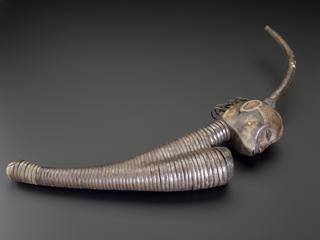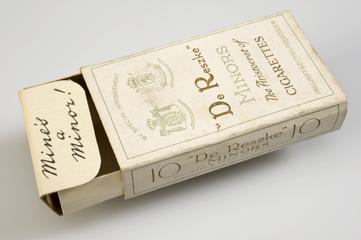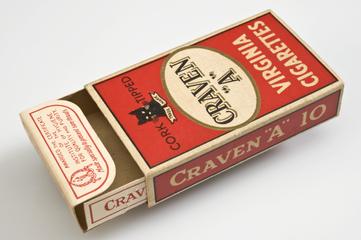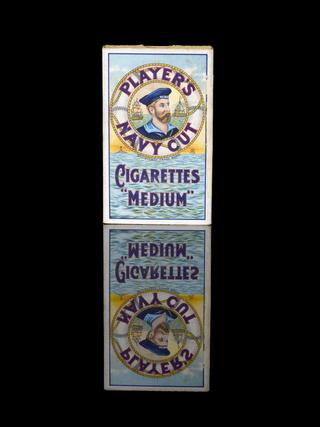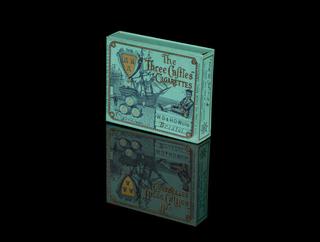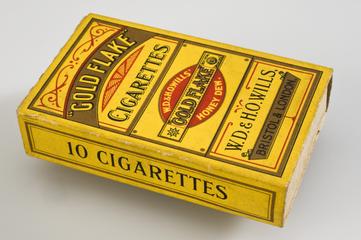
Bryant & May ‘Flaming Fusee’ matches for cigars and pipes, London, England, 1861-1895
- maker:
- Bryant and May Limited








Two chipboard matchboxes containing "Flaming Fusee" Vesuvian matches for cigar or pipe, by Bryant and May, London, 1861-1895
Match-making was a particularly dangerous job in the 1800s. Workers – mainly women – employed by companies such as Bryant & May to make matches commonly experienced a condition known as phossy jaw. This was caused by poisoning from the yellow phosphorous used in the head of the match.
Phossy jaw was a terribly disfiguring and sometimes fatal condition. Eventually, a combination of this health danger, poor pay and long hours led to the formation of a trade union for the workers. The Match Girls Strike of 1888, led by social activist Annie Besant (1847-1933), was a landmark industrial action and led to better pay. In 1901, Bryant & May finally stopped using yellow phosphorous in their matches.
Details
- Category:
- Smoking
- Collection:
- Sir Henry Wellcome's Museum Collection
- Object Number:
- A655224
- Materials:
- chipboard, glass paper, black and paper
- Measurements:
-
overall: .02kg
- type:
- match box
